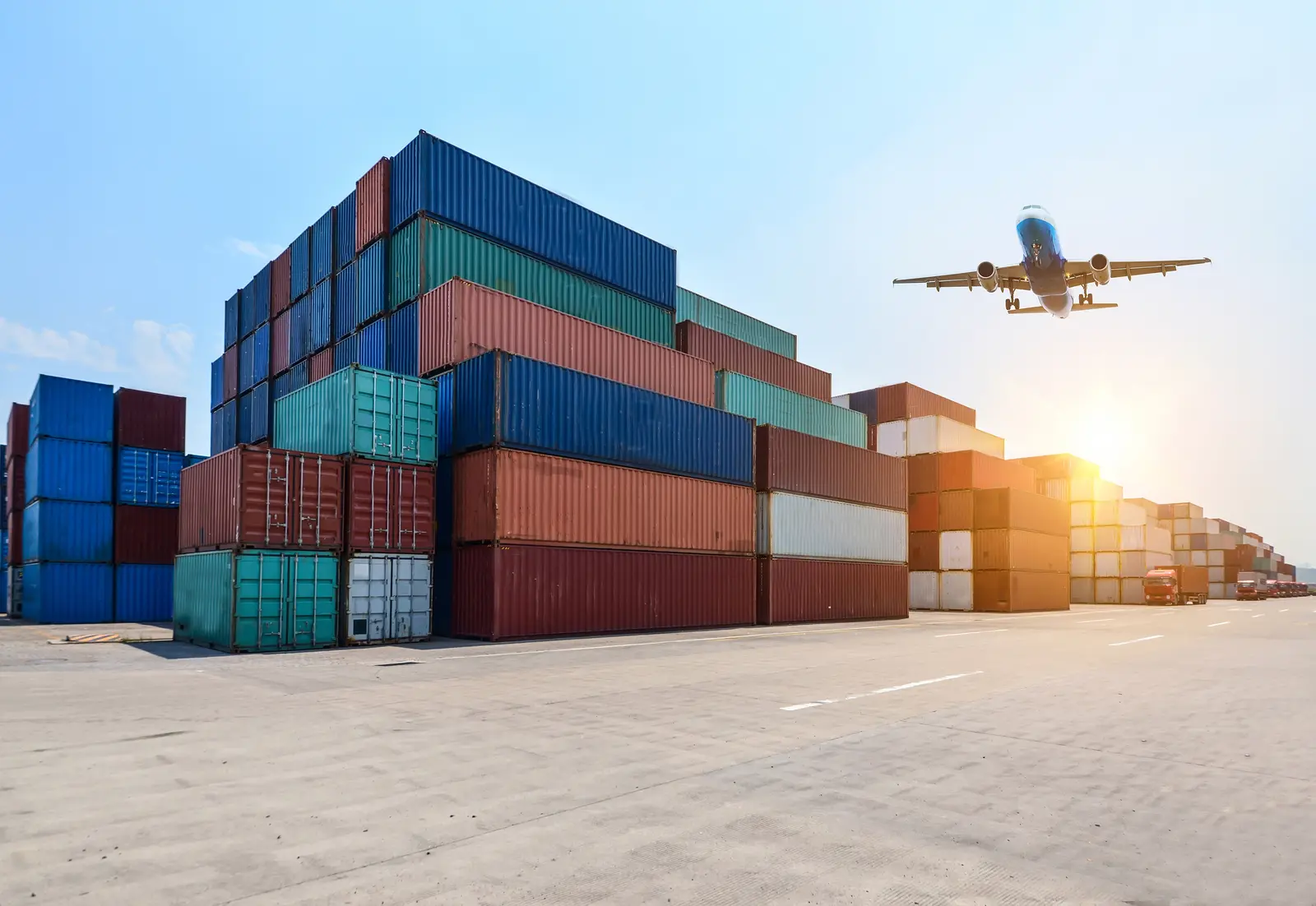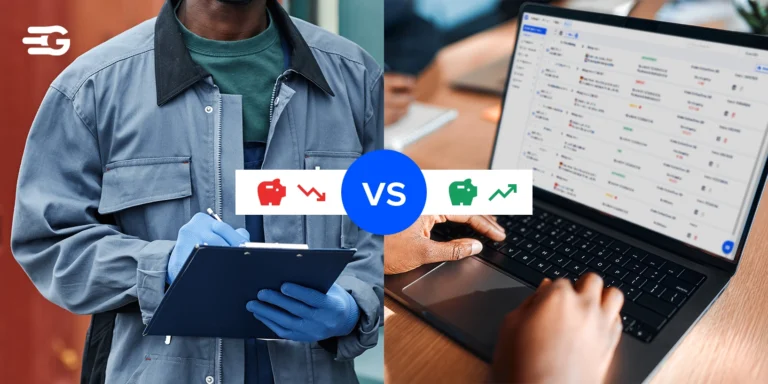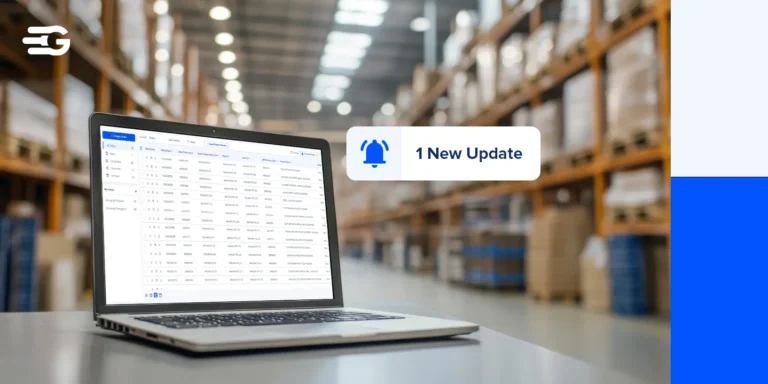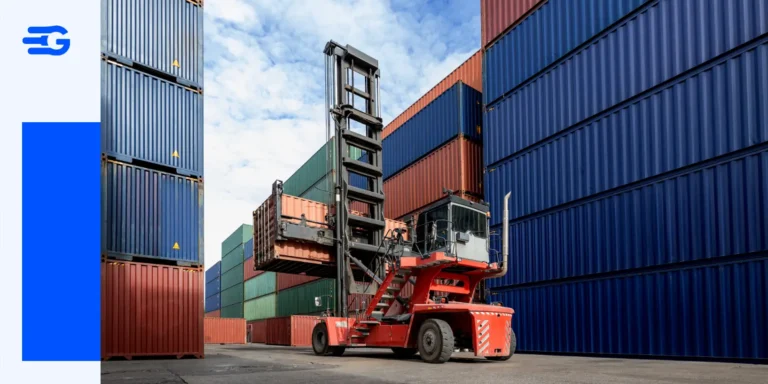What is an Airway Bill (AWB): A Complete Guide
An Air Waybill (AWB) is the backbone of air cargo logistics. Whether you’re shipping perishable goods or high-value products, the AWB ensures everything moves seamlessly. It’s more than just paperwork; it’s a critical tool for tracking, compliance, and smooth delivery. For businesses relying on global shipments, mastering the AWB process can save time and reduce costs, making it a key asset in the supply chain.
What Is an Air Waybill (AWB)?
An Air Waybill (AWB) is a critical document in the air freight process, serving as a contract of carriage between the shipper and the carrier. It outlines key shipment details such as the point of origin, destination, and special handling instructions, ensuring the goods are transported without disruptions.
For businesses, the AWB is essential for streamlining logistics and expediting customs clearance. Unlike a Bill of Lading, the AWB is strictly non-negotiable, meaning it does not transfer ownership of the goods but focuses solely on transportation terms.
Each AWB is assigned a unique 11-digit tracking number, allowing real-time visibility of shipments. This tracking capability empowers companies to monitor delivery timelines, plan downstream activities, and address potential delays proactively.
Contents of Air Waybills
An AWB contains several crucial sections, each serving a specific purpose in ensuring seamless shipment handling and regulatory compliance:
- Shipper and Consignee Information: This section lists the sender’s and recipient’s names, addresses, and contact details. Accurate information prevents misrouting and ensures delivery to the right party.
- Description of Goods: Provides a detailed account of the items being shipped, including their type, quantity, and nature. Specific descriptions help carriers handle shipments appropriately and avoid customs issues.
- Weight and Dimensions: Exact measurements are essential to calculate shipping costs and ensure balanced loading in aircraft. Incorrect data can lead to freight delays or fines.
- Declared Value: This represents the shipment’s monetary worth for customs and insurance purposes. Accurate valuation is critical to ensure smooth customs clearance and avoid potential disputes or penalties during the process.
- Handling Instructions: Special instructions guide the carrier on handling requirements, such as temperature control for perishables or fragile item care.
- Airport Codes: These three-letter codes indicate the origin and destination airports, ensuring precise routing of the shipment.
Every field must be filled with precision. Incomplete or incorrect entries can cause customs delays, fines, or logistical errors. Businesses should thoroughly verify details before submitting the AWB to the carrier or freight forwarder.
How to Find Your Air Waybill (AWB)?
The Air Waybill (AWB) number is a unique identifier essential for managing and tracking shipments effectively. It is provided by the carrier or freight forwarder and is typically printed on the AWB document itself.
To locate your AWB number, follow these steps:
- Check the Shipping Documentation: The AWB number is prominently displayed on the official air freight paperwork.
- Contact Your Freight Forwarder: If you cannot locate the document, your freight forwarder can retrieve the AWB number for you.
- Use Carrier or Logistics Portals: Most carriers and platforms like GoComet offer online portals where you can input shipment details to find the corresponding AWB number.
Real-time tracking platforms like GoComet enhance visibility, reduce risks of misplacement, and ensure seamless shipment monitoring. Utilizing these tools minimizes delays and improves supply chain efficiency.
Different Types of Air Waybills
Air Waybills come in three primary types, each tailored to specific logistical needs in air cargo operations:
- Master Air Waybill (MAWB): This is issued directly by the airline to the freight forwarder or shipper. It serves as a formal agreement detailing the carrier’s responsibility for the transportation of goods. The MAWB encompasses all shipments under a single consignment and ensures clear communication between the airline and the forwarder.
- House Air Waybill (HAWB): Generated by the freight forwarder, this document is used for individual shipments within a consolidated consignment. The HAWB outlines the agreement between the freight forwarder and the shipper, focusing on the specifics of the shipper’s cargo. It is ideal for smaller, segmented shipments handled under a broader MAWB.
- Electronic Air Waybill (e-AWB): This digital alternative eliminates the need for physical paperwork, offering a streamlined and efficient solution for air freight. e-AWBs reduce documentation errors, improve data accuracy, and support eco-friendly practices by minimizing paper use.
e-AWBs are particularly advantageous for enterprises managing high volumes of shipments. They improve operational efficiency, support real-time tracking, and align with sustainability goals by significantly reducing administrative tasks.
Air Waybill vs Bill of Lading
| Feature | Air Waybill (AWB) | Bill of Lading (B/L) |
| Mode of Transport | Exclusive to air freight | Used for sea or land freight |
| Negotiability | Non-negotiable; cannot transfer ownership | Negotiable; can transfer ownership |
| Purpose | Serves as a contract of carriage and tracking tool | Acts as a receipt, contract, and document of title |
| Ownership Transfer | Does not allow ownership transfer | Enables ownership transfer during transit |
| Key Use Case | Ideal for time-sensitive shipments | Suitable for bulk or long-term shipments |
| Document Type | Focuses on operational and handling instructions | Details ownership terms and cargo specifications |
Choosing the right document depends on the shipment’s requirements and transportation mode. Businesses shipping urgent goods often prefer the AWB for speed, while those transporting large or high-value shipments via sea or land may require the B/L for its flexibility.
Conclusion
The Air Waybill (AWB) plays a crucial role in the global supply chain by facilitating seamless transportation, real-time shipment tracking, and compliance with international shipping regulations. It ensures that goods move efficiently through the logistics network, reducing the risk of delays or errors. For businesses handling frequent shipments, efficient AWB management enables faster documentation, error reduction, and improved operational efficiency. These practices empower companies to maintain control over their supply chain while optimizing time and resources.
FAQs
1. Can an AWB be used as proof of ownership?
No, an Air Waybill (AWB) is non-negotiable. It confirms the terms of shipment but does not transfer ownership of the goods.
2. What happens if the AWB details are incorrect?
Incorrect details can lead to delays, customs issues, fines, or even loss of shipment. It is essential to double-check all information before finalizing the AWB.
3. Why is the AWB number important?
The AWB number serves as a unique identifier for the shipment. It enables real-time tracking, providing visibility and transparency throughout the delivery process.
4. Are e-AWBs accepted globally?
e-AWBs are widely accepted, particularly in regions with advanced logistics infrastructure. However, some countries and carriers still require paper AWBs due to regulatory limitations.
5. How do I determine the right type of AWB for my shipment?
Consult your freight forwarder or carrier. They will assess your shipment’s requirements, including size, urgency, and destination, to recommend the most suitable AWB type (e.g., MAWB, HAWB, or e-AWB).
6. Who Provides the Air Waybill?y, and destination, to recommend the most suitable AWB type (e.g., MAWB, HAWB, or e-AWB).






